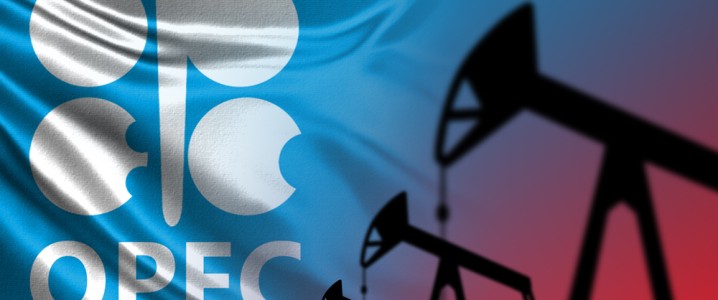Oil prices rose modestly in early Asian trading on Monday after OPEC+ opted for a limited production increase in December and delayed further hikes in the first quarter of 2026, signalling caution amid demand uncertainty.
At the time of writing, Brent was trading up 0.54% at $65.12 per barrel, while West Texas Intermediate traded at $61.33, up 0.57% from the previous close.
In a Sunday online meeting, eight OPEC+ members agreed to raise production by 137,000 barrels per day in December 2025, a figure in line with the increases seen in October and November. Crucially, the group then announced a pause on further output hikes in January, February, and March 2026, citing “seasonality” and weaker demand typically seen in the first quarter. Oil markets reacted positively to the group’s efforts to balance demand uncertainty.
The decision comes against a backdrop of mixed signals and, as always, is being interpreted differently by bulls and bears. On the upside, the pause can be seen as limiting incremental supply to the market and lending support to price. On the downside, the modest December increase and early-2026 hold suggest OPEC+ remains wary of demand softness, especially in Asia.
External supply risks also factor into the broader picture, notably from tighter U.S. sanctions on Russian oil producers and uncertainty around repurposed export flows. Meanwhile, global output from non-OPEC producers, including U.S. shale, remains robust, restraining the upside for crude prices amid modest demand growth.
To make things more complicated still, Trump’s threat of military action in both Nigeria and Venezuela raises the risk of a supply disruption in two of the world’s largest oil producers.
By Charles Kennedy for Oilprice.com
More Top Reads From Oilprice.com

